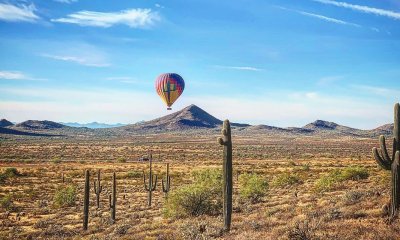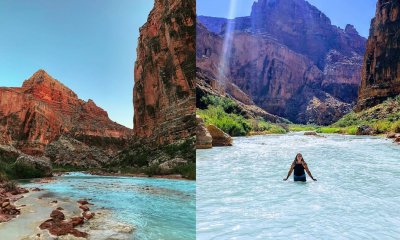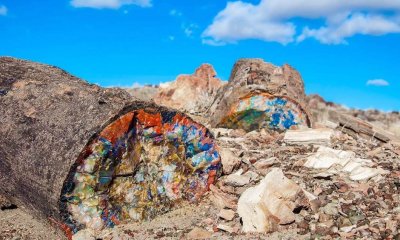Arizona
10 Facts You Didn’t Know About Monsoons
When most people hear the word “monsoons,” they most likely think about non-stop rain in the Indian subcontinent. What people don’t know is that monsoon season happens across the world. In Arizona, the monsoons also bring about crazy dust storms known as haboobs, which come out of nowhere and sweep across the entire Phoenix metropolitan area. There are many more facts you probably don’t know about monsoons. Read on to discover more about monsoons.
1) Monsoons Don’t Refer to Single Storms
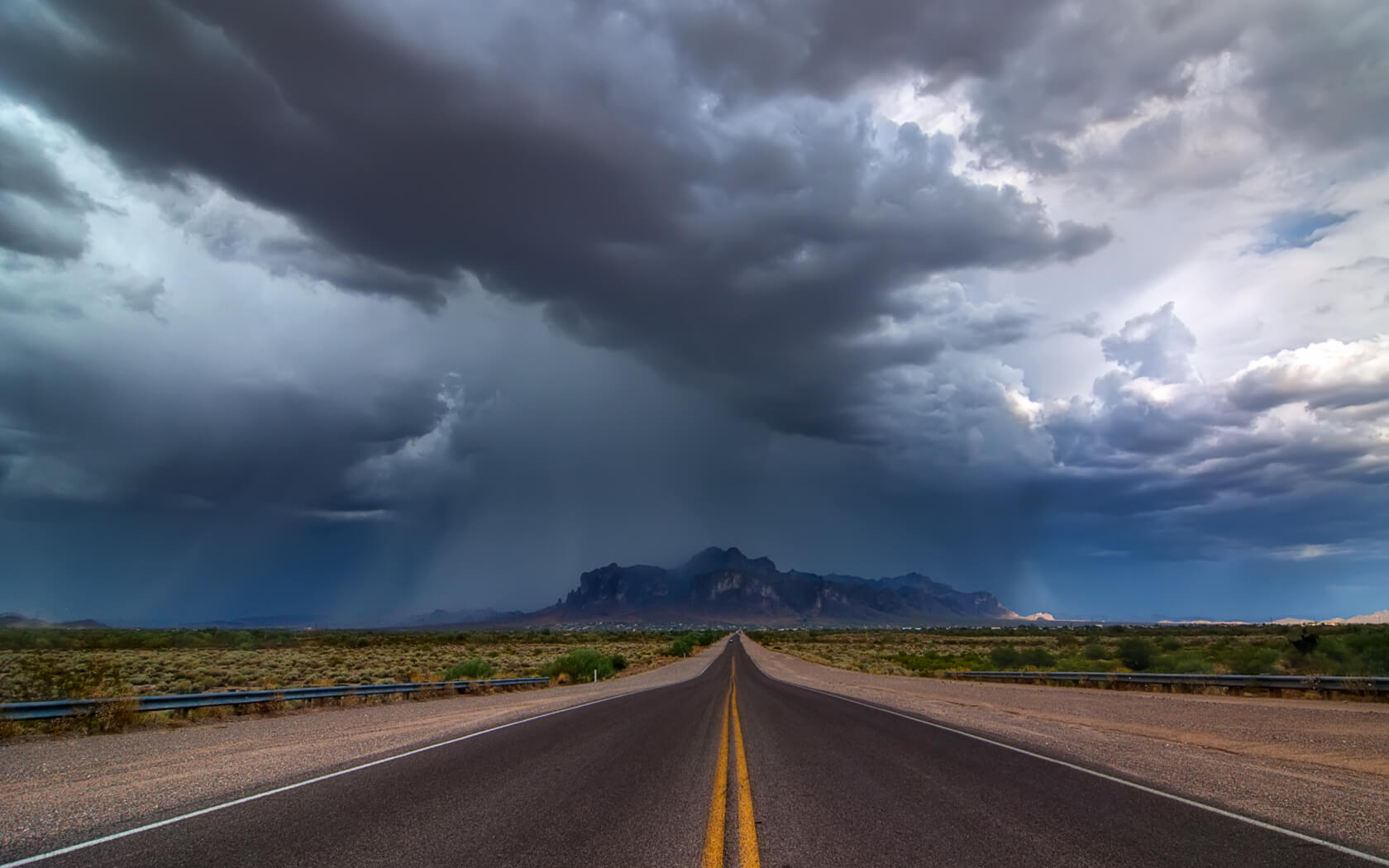
Often when people talk about monsoons, they are talking about quick and heavy rainfall. Instead, monsoons refer to either a whole season or large scale weather pattern. Monsoons occur when atmospheric air circulation and precipitation is affected by the asymmetric heating of land and ocean. So, basically, when the temperature on land is either much warmer or cooler than the temperature in the ocean.
2) “Monsoon” is Derived From an Arabic Word
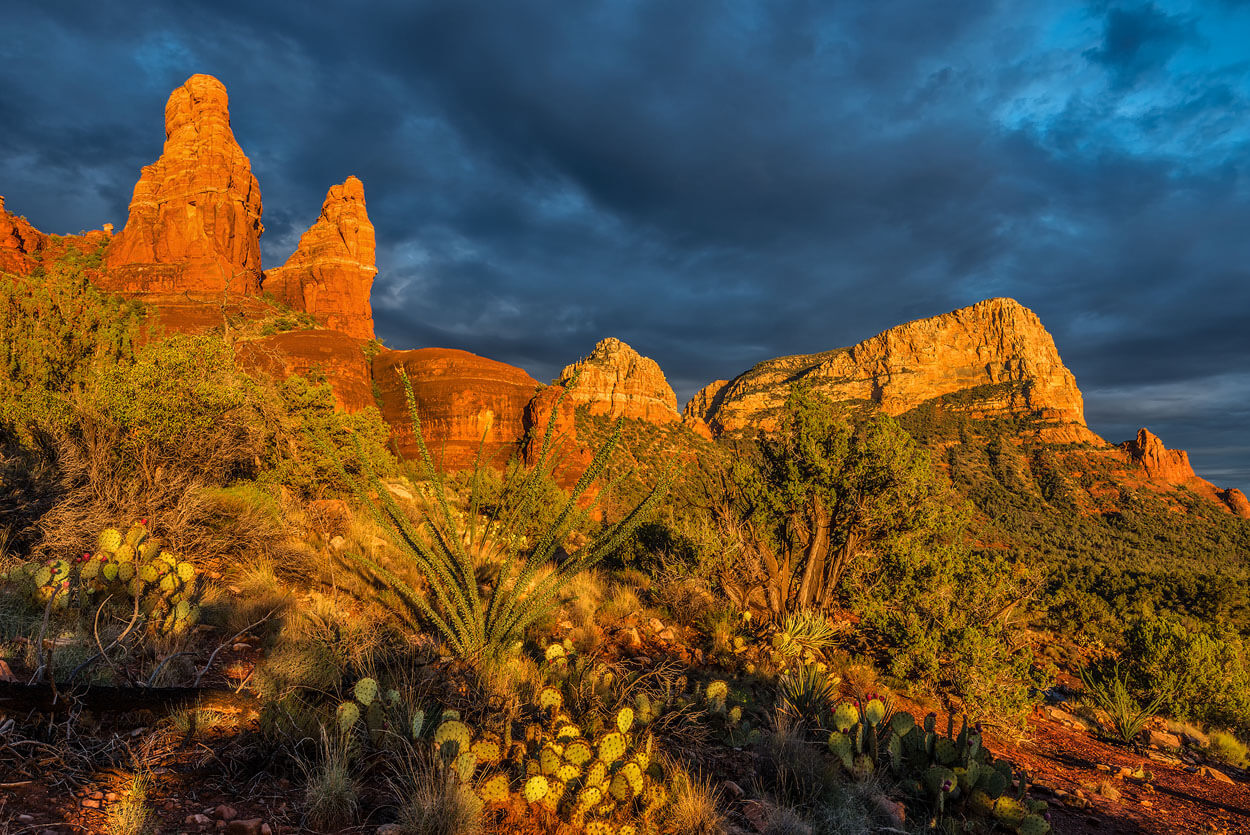
Mausin originally meant “season” or “wind shift.” But the word “monsoon” actually began to be used in British India when discussing the seasonal weather coming from the Bay of Bengal and the Arabian Sea brought heavy rainfall. These days, people use it to describe a seasonal change in winds and precipitation.
3) Monsoon Season is Experienced All Over the World
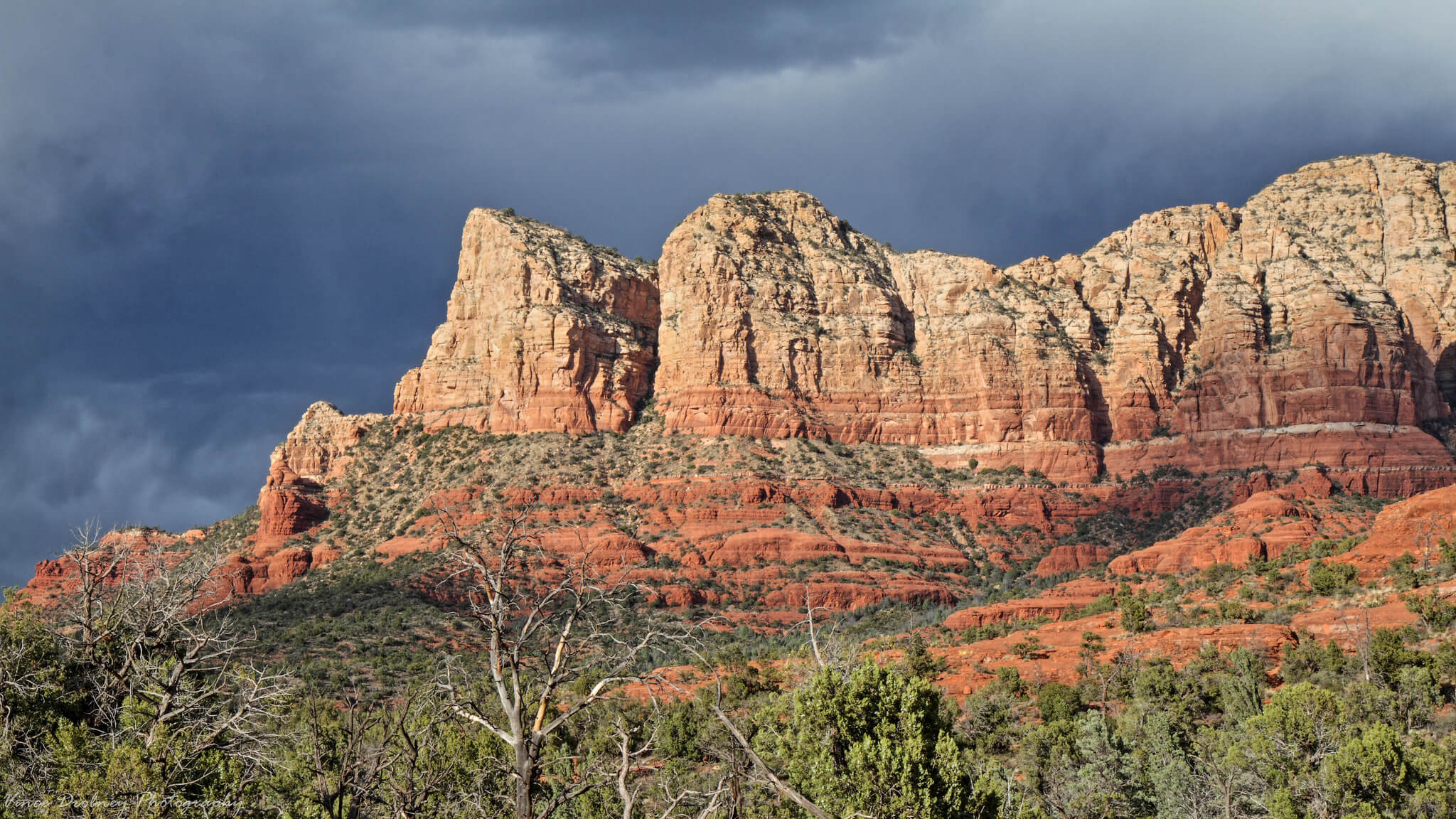
We’re talking everywhere! North America, Europe, Asia, Africa, and Australia. In North America, we see them in Arizona, New Mexico, Colorado, and Utah. The areas that experience the most extensive and powerful monsoons occur in West Africa, Southeast Asia, and Australia.
4) There Are 2 Different Monsoon Seasons
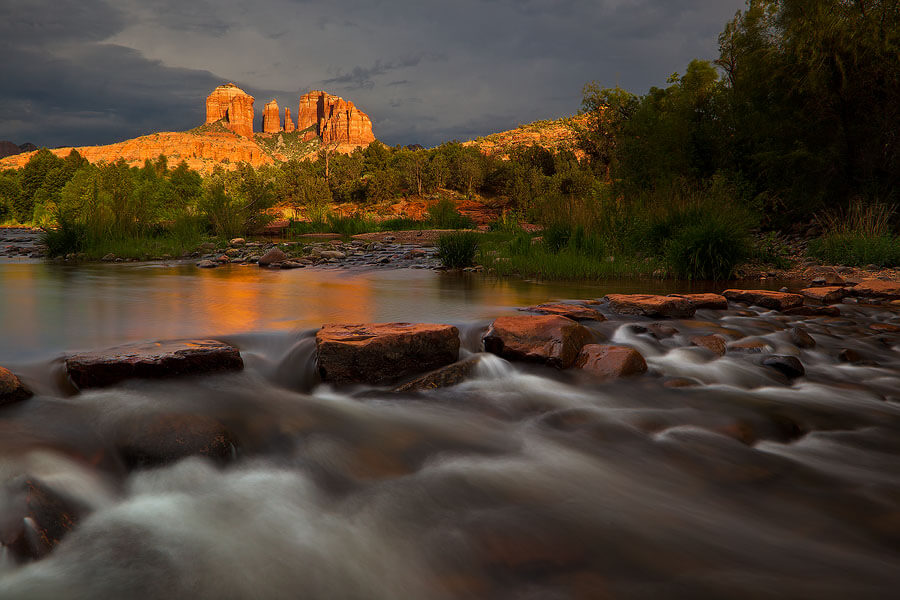
A lot of people often think that monsoons only occur in the summer months, but that is completely untrue. There are winter and summer monsoon seasons. There are summer monsoons and winter monsoons. Both are caused by the differentiation between the seasonal temperatures of ocean water and land.
5) Monsoons Are Caused by Warm and Cold Air Working Together
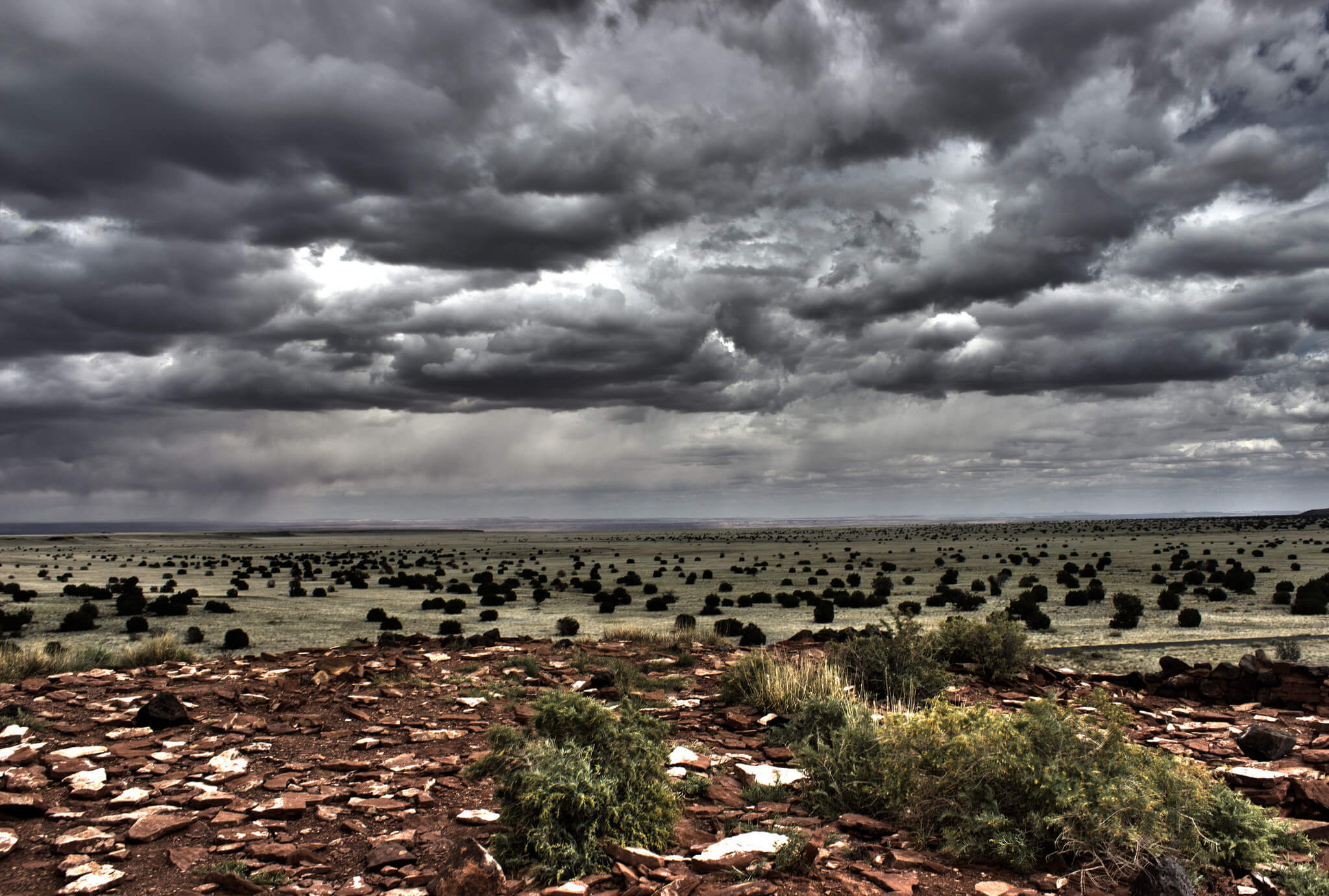
In the warmer months the oceans and land heat up but land heats up faster. This causes low pressure in the atmosphere as the air expands. The oceans stay cooler than the land and this causes sea breezes to blow onto the land. The moist air over the land rises into the atmosphere. And the higher it goes, the cooler it gets and then becomes heavy and rains down on the land. This is why there is so much rain over land during the warmer months of the year and the opposite is true during the cooler months.
During the summer in the United States, the bodies of ocean water include the Gulfs of Mexico and California. The Pacific and Atlantic also play a role, though much less compared to the gulfs.
6) Monsoons Replenish Basin Groundwater
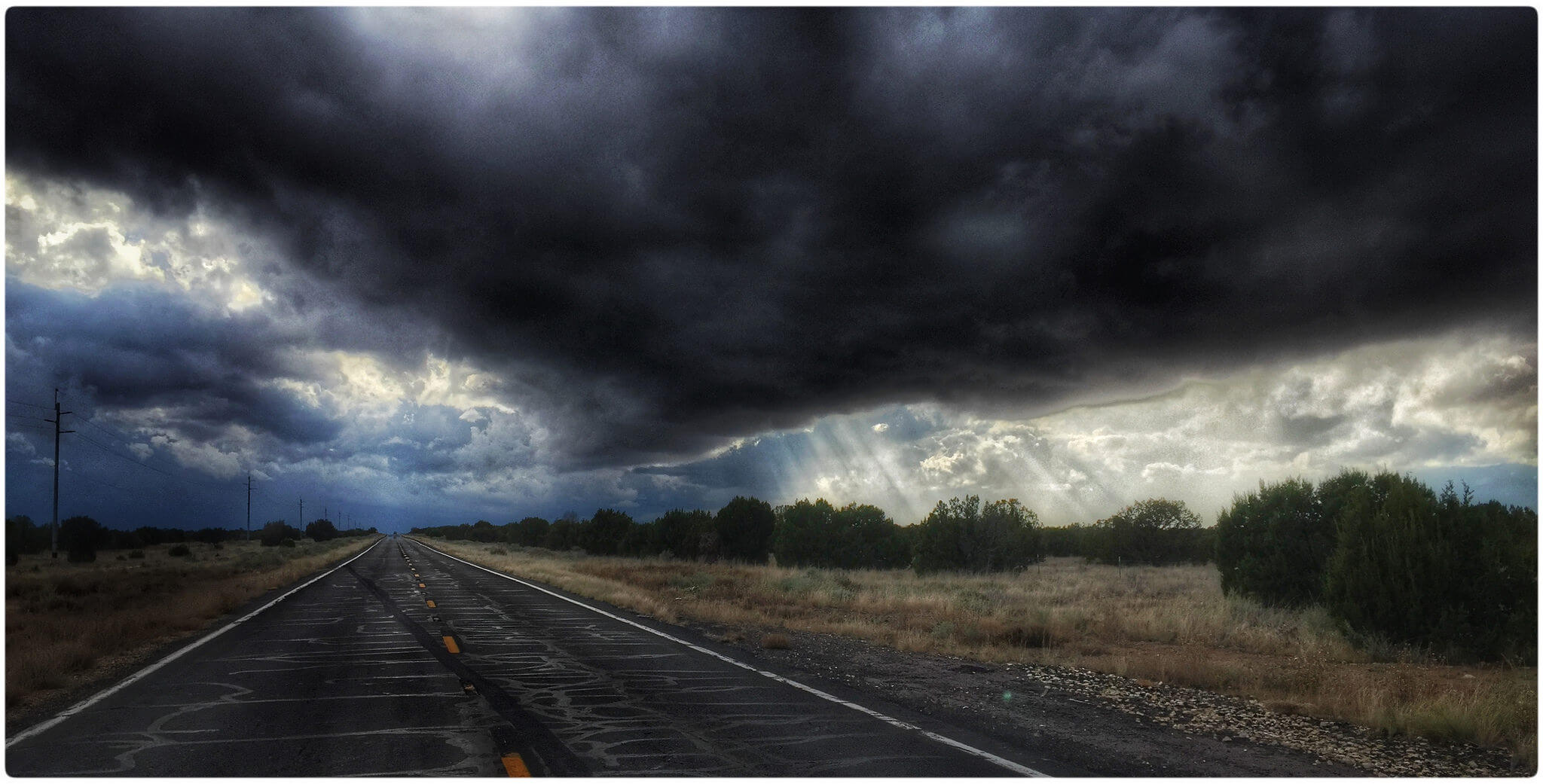
Monsoons in the southwestern United States fill the dry river beds and washes. As monsoons pour down heavy bursts of rain over short periods of time, a lot of the water gets absorbed into the Earth. According to Arizona State University, approximately 25% of the water from monsoons is absorbed into small stream beds and percolates into groundwater systems below. It also helps recharge river environments. Some places, like the San Pedro area, depending on the monsoon rains for drinking water!
7) Downpours Are Usually Pretty Short
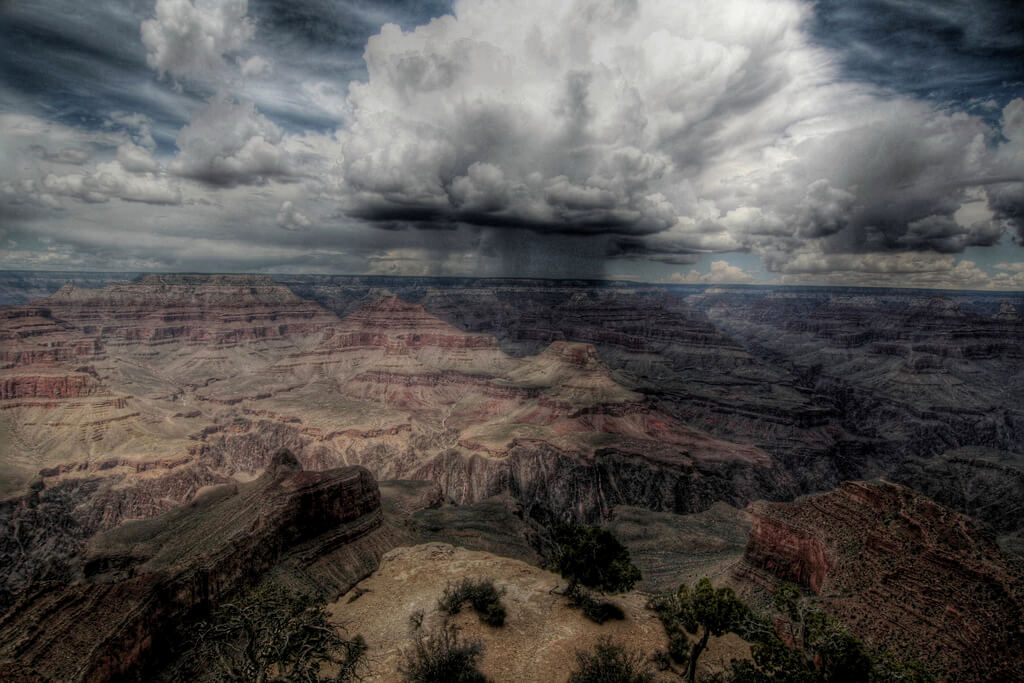
This doesn’t mean it doesn’t rain a lot, though. Some places in Arizona — approximately half the state — get half of their annual rainfall during monsoon season. Most of the rainfall occurs in the mountains, which is good news for the valleys, rivers, and drainage basins.
8) Monsoon Rain Brings Life to Desert Plants
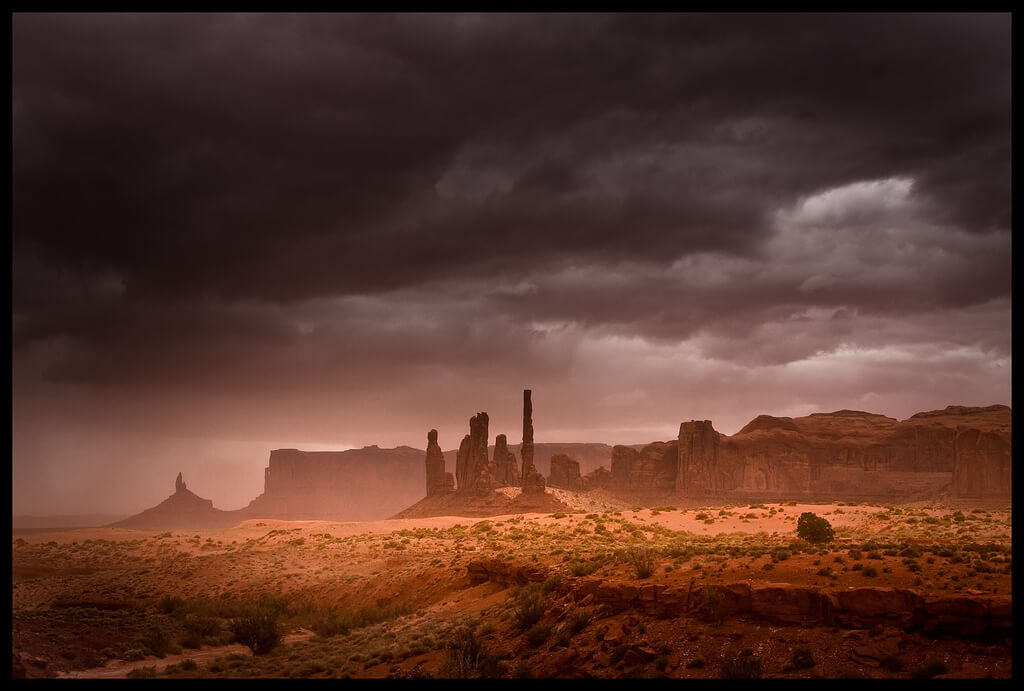
They’ve endured the heat and scorching sun for months and now they store up as much water as they can for the dry season that is sure to return. Plants flourish during this time of plentiful resources and many bloom or bear fruit. After the summer monsoons have passed, it is a great time to go out and explore the beautiful desert attractions like the Saguaro National Park.
9) Plentiful Plant Life Means that Wildlife Thrives
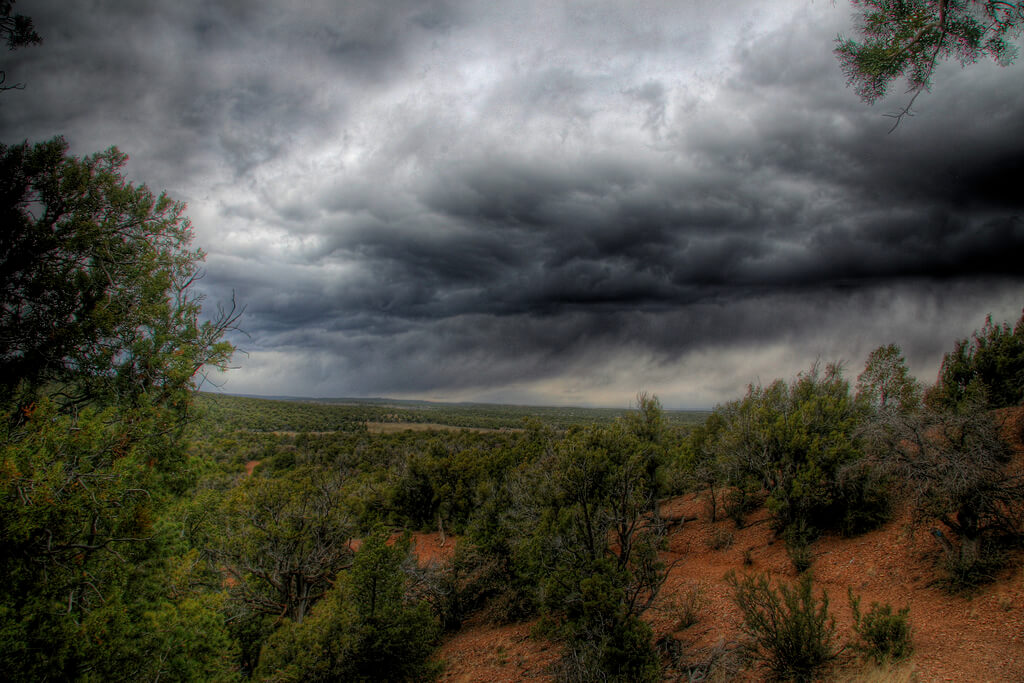
During monsoon season, you can see a multitude of hummingbirds and other birds like the Red-faced warbler and the Mexican chickadee. Other animals like Gila monsters and scorpions are also lured out by pools of water. Wildlife comes alive especially after the monsoons have passed. The same is with people. Hiking in Arizona after the monsoon rains is a whole experience unto itself.
10) Downpours Cause Dangerous Flash floods and Mudslides
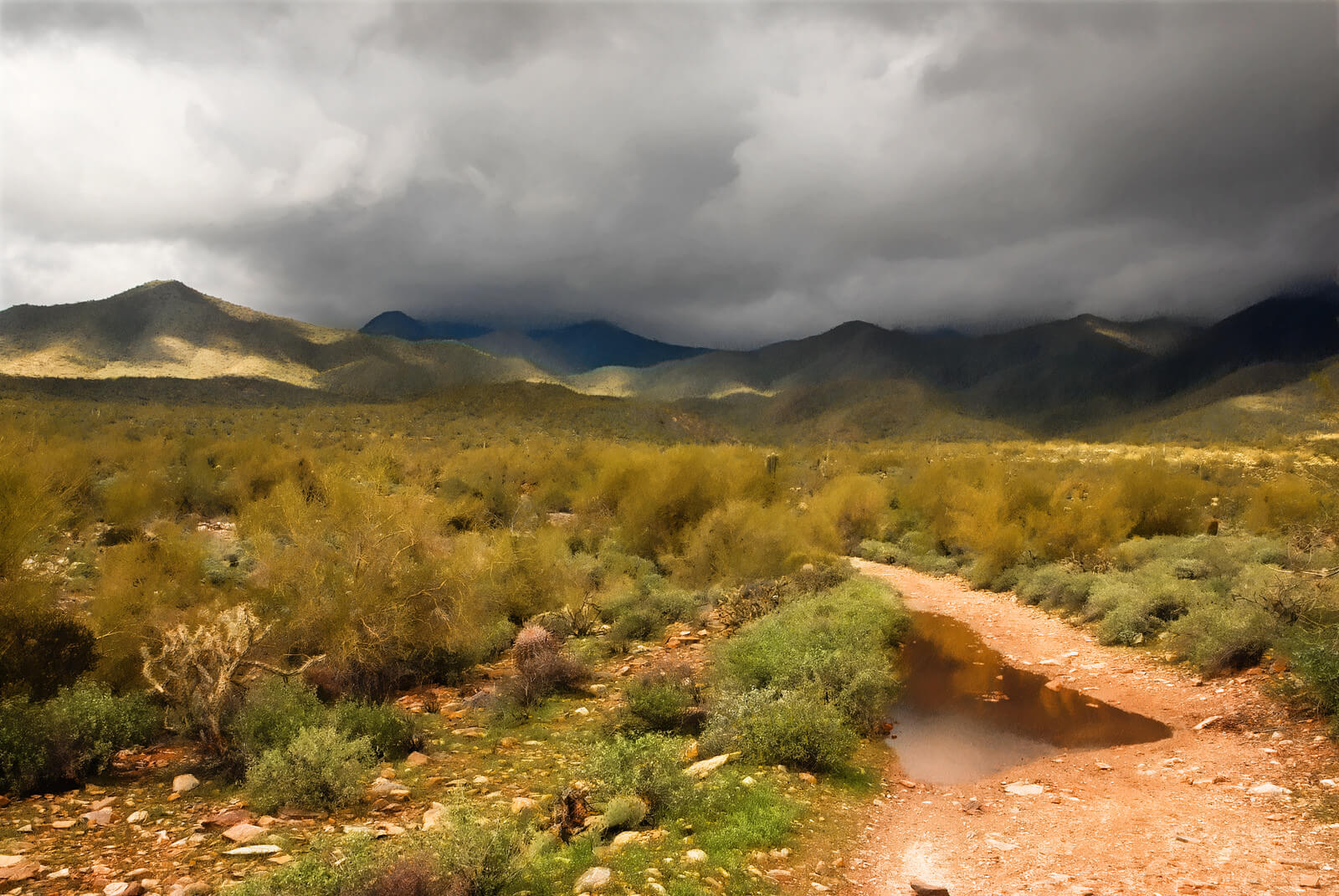
This powerful moving water can wipe out trees and trails, damage vegetation, and move large boulders. It’s important to be especially cautious during this season because flash floods can have tragic consequences. If you suspect a storm is brewing, stay indoors! Once the rains have subsided, you can safely go outside and appreciate all of the new life that will spring from the much-needed rain.












